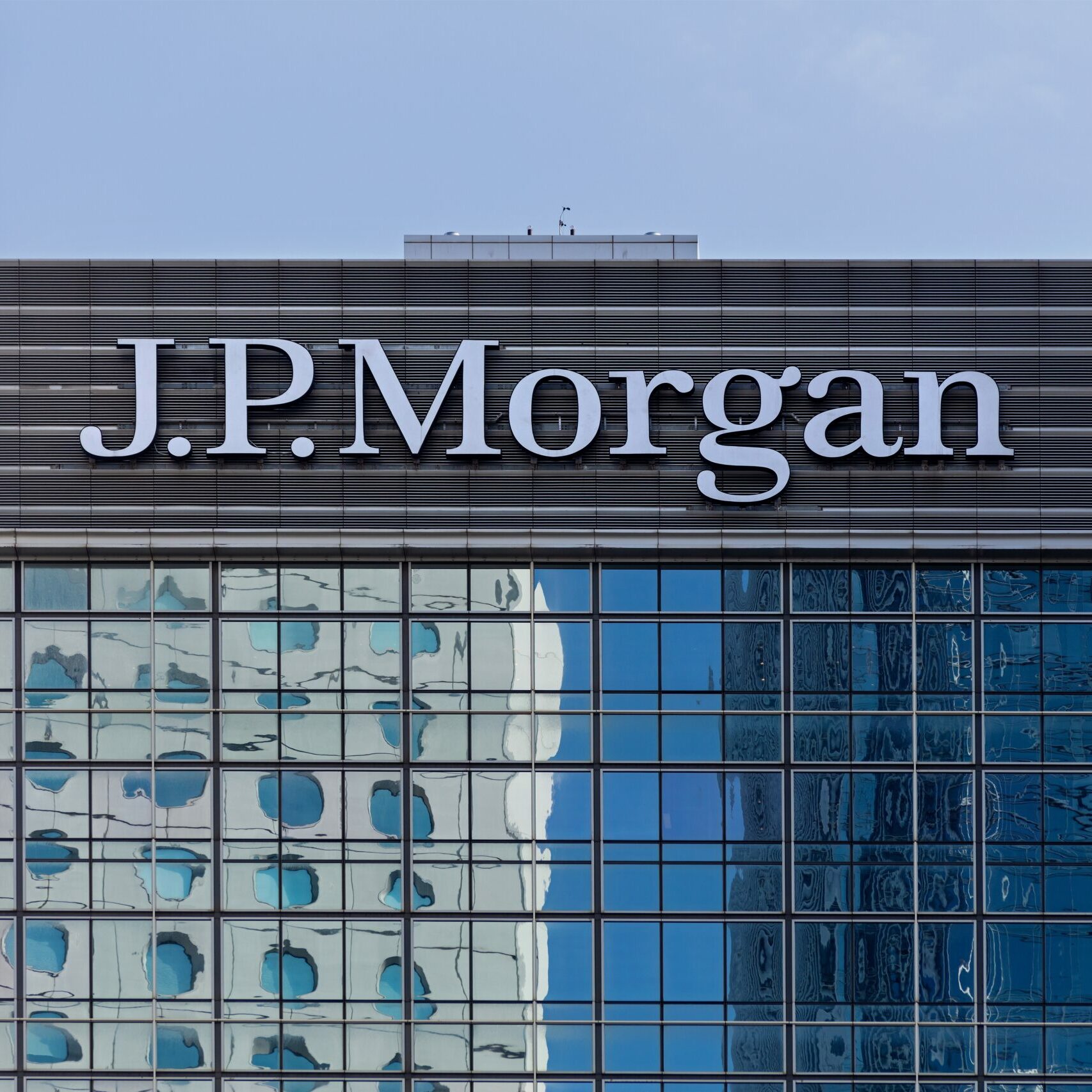Cryptocurrencies have been a hot button topic among investors over the last 12 months but amid all the hype, the key question is: Is this a de facto asset class? Or merely an exotic star that will burn brightly only to end in a spectacular supernova? Just look at what has happened to the price of bitcoin in recent days.
It is a subject that generates differing opinions and will feature at next month’s Amsterdam Investor Forum, a leading forum for institutional investors and alternative investment managers in the EMEA region, which will be held on 6 and 7 March 2018 in Amsterdam.
The panel, entitled “Crypto fever, new horizons or another tulip bubble?”, will be moderated by Jiri Krol, Deputy CEO & Global Head of Government Affairs, AIMA, and will feature Isabelle Mateos y Lago, Chief Multi-Asset Strategist, BlackRock, Yves Choueifaty (pictured), CEO, TOBAM, Roy Niederhoffer, President, R G Niederhoffer Capital and S Michael Moro, CEO, Genesis Global Trading.
Marie Demolin, Sales Director Prime at ABN AMRO Clearing says: “We are delighted to welcome Yves Choueifaty and the other panelists to the Amsterdam Investor Forum 2018. Ahead of the conference, we are excited to hear which attitude leading asset managers and trading firms have taken towards crypto-currencies and the place made for them in their investment decisions.”
Speaking with Hedgeweek, Choueifaty explains that cryptocurrency, as a concept, has been an area of research interest for TOBAM, one of France’s leading asset managers with approximately USD9 billion in AUM, for some time.
“We undertake initiatives that are only based on fundamental and empirical research so we do not look at things short-term. Over the years, we have seen that the liquidity of cryptocurrencies such as bitcoin grow. In 2016, we thought if it was going to continue, then probably 2017 would be a year in which cryptocurrencies would become compatible for investments from large investors.”
Prior to this, between 2014 and 2016, it was relatively difficult to invest in this asset class from a liquidity point of view, says Choueifaty, adding: “We were right to believe that in 2017 liquidity would grow enough for bitcoin to be considered as a potential investment by large investors.”
Indeed, this culminated at the end of the year with the launch of the TOBAM Bitcoin Fund.
During the course of its research, the TOBAM team warns about the risk of the asset but identified six fundamental qualities and three empirical qualities that make cryptocurrencies a compelling investment opportunity.
Those fundamental qualities include: unchangeable, non-inflationary, non-forgeable, cannot be manipulated (i.e. by central bank authorities), exchangeable and difficult to seize.
That bitcoin cannot be manipulated, altered or interfered, given that all transactions are held on blockchain, which is immutable, is reason to believe that in time, bitcoin will have the fundamental qualities to become a potential standard of value, according to Choueifaty.
This is no different to measuring length or distance using the metre and kilometer. In economics, you produce, store and exchange goods, services etc., which is predicated on the ability to measure value.
“As soon as you want to measure value you have to define a standard. In our mind, bitcoin has the potential fundamental qualities to become a standard measurement of value.
“In terms the three empirical qualities, firstly there is the risk of bitcoin, which can be viewed two ways: from a quantitative point of view and a qualitative one. From a quantitative view, the risk of bitcoin is huge but this should be of no importance for an investor when considering an investment. The risk is only interesting in order to determine the size of the investment, not to determine whether it is a good opportunity or not,” explains Choueifaty.
For example, investing USD5 billion in global equities is far riskier than investing USD50 million in bitcoin. The argument Choueifaty offers is that it is not the quantity of risk but rather the quality of risk “and if you look at bitcoin, this is very similar to that of other assets. You can deal with the size of the risk by controlling the size of the investment”.
This then, is the first empirical quality: bitcoin has good quality risk.
“Secondly, bitcoin is a diversifying asset. Diversification is very precious in portfolio management. Often I say that bitcoin is like chlorine. Chlorine is very dangerous in concentrated form, but if you add a drop of chlorine to water you will have drinkable water. Similarly, if you put 1 per cent of bitcoin in a portfolio you will reduce the overall risk of the portfolio because of the low correlation that bitcoin has to other assets.
“Thirdly, bitcoin liquidity continues to deepen. When you trade bitcoin, the market impact is becoming relatively low and is roughly comparable to the market impact you would have when trading mid-cap stocks.
“We believe that the risk characteristics of bitcoin, the fact that it is a high quality risk, well diversified and liquid asset, make it compatible with the criteria of large investors,” states Choueifaty.
Much has been made of the wild volatility swings of bitcoin but this is a moot point for TOBAM – they are neither bullish nor bearish on bitcoin. It is worth pointing out that 12 per cent of bitcoin is roughly as volatile as the S&P 500. Volatility itself is not a useful criterion. “We do not have any view on whether bitcoin will go up or down because we are not speculators, we simply view it as a risk that can be mastered,” remarks Choueifaty.
He says that the emergence of a financial system that sits between the risk takers and the blockchain will make the system more efficient. The fact that bitcoin futures are now being traded on exchanges such as CME Group “shows that we are in the early days of the emergence of this financial system”, he says.
Some believe that lack of regulation, lack of central bank monitoring and so on, are reasons to be skeptical about cryptocurrencies in general, including ether and ripple. On 11th December 20171, the Washington Post wrote that bitcoin’s success could be its downfall, arguing: As bitcoin gains popularity, and especially if it stabilizes in value, it becomes a viable substitute for government-backed currencies. But national governments have little incentive to allow this type of direct competition.
Choueifaty has no doubt at all that governments will clamp down on bitcoin, arguing that even in its short-lived life, it has been inflationary for fiat currency owners.
“If I were Emmanuel Macron I would pray for the success of bitcoin because everyone is looking for a kick start to inflation; bitcoin offers this.
“We want inflation to start in fiat currencies and bitcoin is already playing a contributory role and helping governments. This is why the IMF, and national governments are not attacking bitcoin. Rather, they are warning retail investors that it is a very risky asset; which you would expect them to do.
“It’s not in the interests of governments to clamp down on bitcoin for this inflationary reason,” reasons Choueifaty.
Looking into the future, beyond bitcoin, TOBAM will consider investment opportunities in other cryptocurrencies as soon as it believes the criteria, from a fundamental and empirical point of view, are good enough.
“Bitcoin need not only be the only standard measure of value. There are other ways to measure size beyond the metre; yards, inches, centimetres. So there is no reason for only one cryptocurrency to flourish,” concludes Choueifaty.
Sources:








